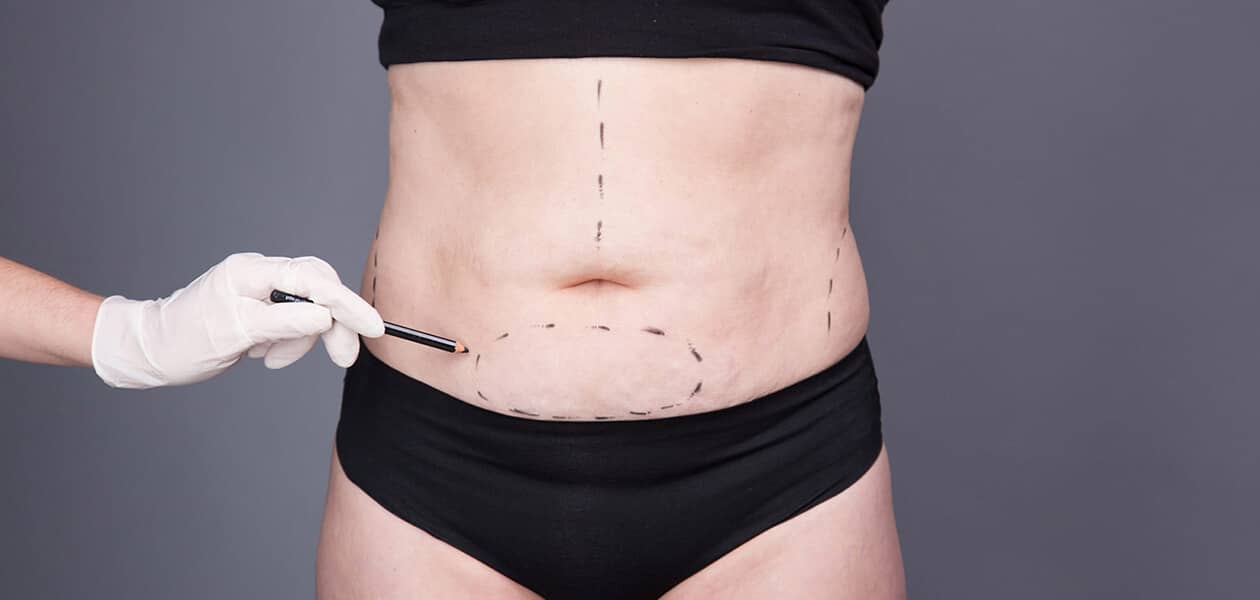Postherpetic neuralgia (PHN) is a chronic pain condition that can significantly impact the quality of life for those affected. It occurs as a complication of herpes zoster, commonly known as shingles, which is caused by the reactivation of the varicella-zoster virus (VZV). This blog aims to provide a comprehensive understanding of postherpetic neuralgia, including its causes, symptoms, treatment options, and strategies for managing daily life with this condition.
What is Postherpetic Neuralgia?
Postherpetic neuralgia is characterized by persistent pain in areas where shingles rash occurred, lasting for more than three months after the rash has healed. While shingles typically presents with a painful rash and blisters, the pain can continue long after the visible signs have disappeared. PHN is most common in older adults and those with weakened immune systems, but it can occur in anyone who has had shingles.
Gabapentin 100mg is a medication commonly prescribed to manage seizures and nerve pain. It works by affecting the balance of certain chemicals in the brain. While it can be effective, it may not eliminate all symptoms. If you have concerns about gabapentin, it’s best to consult with a doctor.
Causes of Postherpetic Neuralgia
PHN results from nerve damage caused by the varicella-zoster virus. When the virus reactivates, it travels along nerve pathways, leading to inflammation and damage to the nerve fibers. This damage can cause nerves to send abnormal signals to the brain, leading to pain that may be sharp, burning, or throbbing in nature.
The exact reasons why some individuals develop PHN while others do not remain unclear, but several factors have been identified:
- Age: Older adults, especially those over 60, are at a higher risk of developing PHN due to age-related changes in the immune system.
- Severity of Shingles: Those who experience more severe pain and a larger rash during the shingles outbreak are more likely to develop PHN.
- Weakened Immune System: Individuals with compromised immune systems or chronic illnesses may be more susceptible to PHN.
Symptoms of Postherpetic Neuralgia
The hallmark symptom of PHN is pain in the area where the shingles rash was present. This pain can take various forms:
- Burning or Shooting Pain: Many people describe the pain as burning, stabbing, or sharp.
- Sensitivity to Touch: Even light touch or pressure can provoke intense pain in the affected area, a condition known as allodynia.
- Itching or Tingling: Some individuals experience persistent itching or a tingling sensation in the affected area.
- Numbness: Some may report numbness or a reduced ability to feel in the area where the rash was located.
Duration of Symptoms
While shingles pain typically resolves within a few weeks, PHN pain can last for months or even years. For some individuals, the pain may gradually diminish over time, while others may continue to experience significant discomfort.
Diagnosis of Postherpetic Neuralgia
Diagnosing PHN typically involves a healthcare provider conducting a thorough medical history and physical examination. The doctor will look for:
- A history of shingles.
- The presence of pain in the area previously affected by shingles.
- Duration of pain lasting more than three months.
In some cases, additional tests may be required to rule out other potential causes of pain, such as nerve damage from other conditions.
Treatment Options for Postherpetic Neuralgia
Managing PHN often requires a multifaceted approach that may include medication, physical therapy, and complementary therapies. Treatment plans should be tailored to each individual’s needs.
Medications
- Pain Relievers: Over-the-counter pain relievers such as acetaminophen or nonsteroidal anti-inflammatory drugs (NSAIDs) may provide relief for some individuals. However, these may not be sufficient for severe pain.
- Antidepressants: Certain antidepressants, such as amitriptyline or nortriptyline, are effective in managing nerve pain by altering the way the brain processes pain signals.
- Anticonvulsants: Medications like gabapentin and pregabalin are commonly prescribed to treat nerve pain by stabilizing electrical activity in the nerves.
- Topical Treatments: Creams or patches containing capsaicin or lidocaine can be applied to the skin in the painful area to help relieve pain.
- Opioids: In severe cases, healthcare providers may prescribe opioids for short-term relief, but these come with risks of dependence and side effects.
Physical Therapy
Physical therapy can be beneficial for individuals with PHN. A physical therapist can develop a personalized exercise program to improve flexibility, strength, and range of motion. Additionally, physical therapy may include techniques such as:
- Heat and Cold Therapy: Applying heat or cold to the affected area can help reduce pain and inflammation.
- TENS (Transcutaneous Electrical Nerve Stimulation): This technique uses electrical impulses to relieve pain and can be an effective option for some individuals.
Complementary Therapies
Many people find relief through complementary therapies that can be used alongside conventional treatments:
- Acupuncture: Some studies suggest that acupuncture may help alleviate nerve pain by stimulating the body’s natural pain relief mechanisms.
- Massage Therapy: Gentle massage of the affected area may provide temporary relief and relaxation.
- Mind-Body Techniques: Practices such as meditation, yoga, and mindfulness can help manage pain and reduce stress.
Living with Postherpetic Neuralgia
Living with postherpetic neuralgia can be challenging, but there are several strategies that individuals can adopt to cope with the condition effectively.
1. Educate Yourself
Understanding PHN and its impact can empower individuals to make informed decisions about their treatment and self-care. Knowledge about the condition can also help manage expectations regarding the duration and nature of pain.
2. Develop a Pain Management Plan
Work with healthcare providers to develop a comprehensive pain management plan that incorporates medications, therapies, and lifestyle changes. Regular follow-ups can help adjust the plan as needed.
3. Practice Self-Care
Self-care strategies are essential for managing pain and improving overall well-being:
- Maintain a Healthy Lifestyle: Eating a balanced diet, exercising regularly, and getting adequate sleep can enhance physical and mental health.
- Stress Management: Incorporate relaxation techniques into daily life to reduce stress, which can exacerbate pain.
- Stay Active: Gentle exercise, such as walking or swimming, can help improve circulation and reduce stiffness.
4. Seek Support
Living with chronic pain can be isolating. Seeking support from friends, family, or support groups can help individuals feel understood and less alone. Sharing experiences with others facing similar challenges can provide emotional relief and practical coping strategies.
5. Communicate Openly with Healthcare Providers
Maintain open communication with healthcare providers regarding pain levels, treatment effectiveness, and any side effects experienced. This information is crucial for tailoring treatment to individual needs.
Conclusion
Postherpetic neuralgia is a challenging condition that can significantly affect daily life. Understanding its causes, symptoms, and treatment options is vital for those living with this chronic pain condition. While PHN can be persistent and difficult to manage, a combination of medications, therapies, and lifestyle adjustments can help individuals regain control over their lives.
If you or someone you know is experiencing symptoms of postherpetic neuralgia, consult a healthcare provider for an accurate diagnosis and a personalized treatment plan. With the right approach, it is possible to live well despite the challenges posed by this condition.





